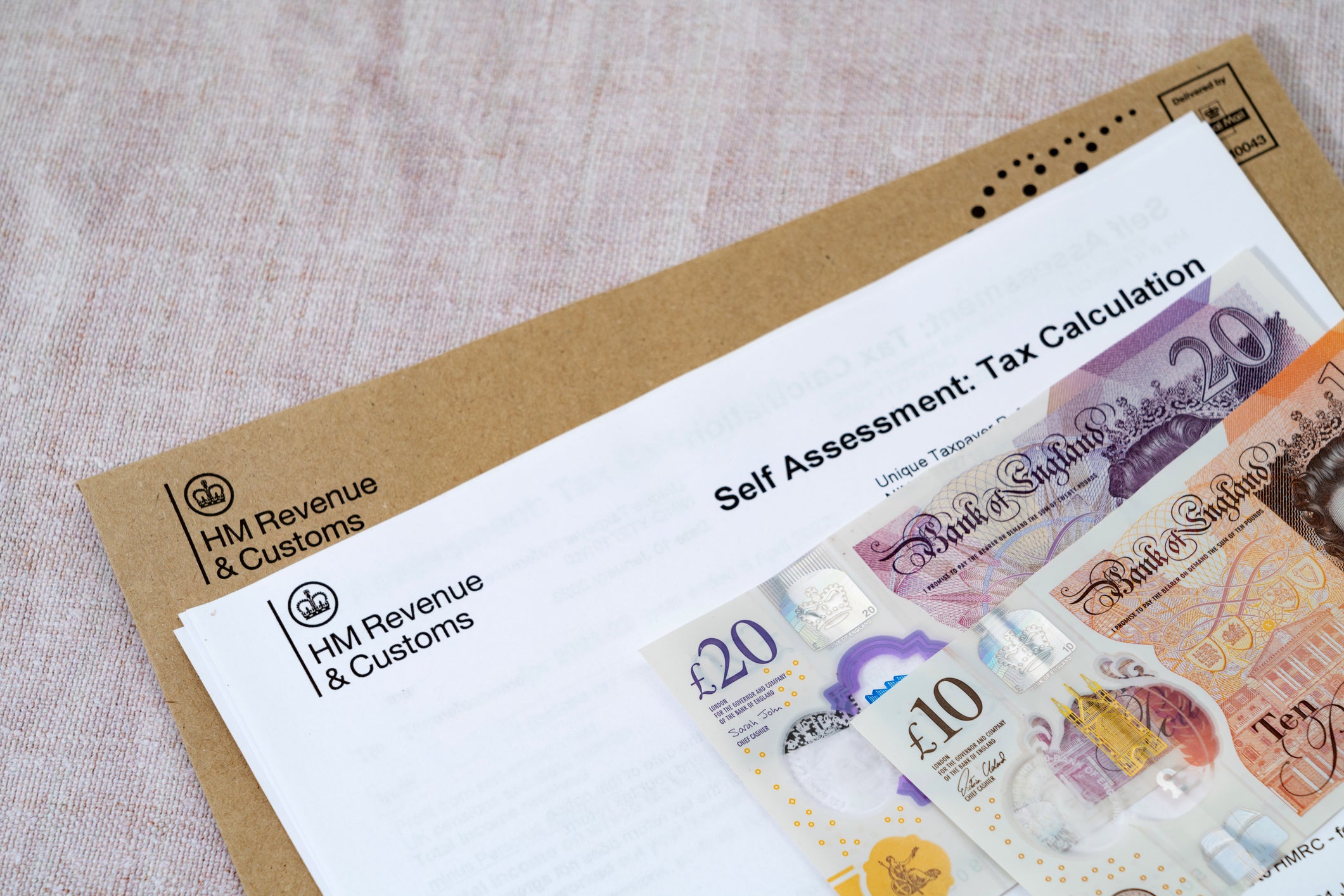If you work for yourself, you’re likely to be familiar with that formidable phrase “payment on account”.
This is a payment you make to HMRC twice a year, by the end of January and the end of July, towards your next tax bill.
Although there are 4.4m self-employed people in the UK, about 12m people file a self-assessment tax return each year.
However, you’ll only need to make a payment on account if your self-assessment tax bill is more than £1,000 and less than 80 per cent of your tax was collected at source (such as PAYE).
First important point: If you’re new to self-employment, don’t forget that you need to make your first payment on account when you submit your first self assessment tax return, in addition to any tax and National Insurance you may owe for the previous tax year.
Why do you have to make the second payment on account in July?
The system is designed to stagger your tax payments so you don't end up with an even larger tax bill at the end of each January. July's payment covers the tax that HMRC expects you to be liable for in the 2025-2026 tax year, based on the information you would have provided in your 2024-2025 tax return.
When you file your 2024-2025 tax return by January 31, 2026, the payment on account you made in July 2025 will count towards your new tax bill, which should cover all remaining tax owed for the 2024-2025 tax year and the first payment on account for the 2025-2026 tax year.
Second important point: HMRC’s initial calculation summary may not immediately include any payments on account you made for the previous July. However, after you submit your return, these payments are usually credited correctly against your final tax bill.
As long as you made the correct payment in July, don’t be alarmed if the initial calculation is much higher than expected. This doesn’t mean you owe extra money - it’s just a technical fault with how HMRC initially calculates your tax return.
Unfortunately, this calculation is much more likely to be correct if this is your first tax return.
If you think your income is likely to be lower this year
Ask HMRC to reduce your payments on account in your self-assessment tax return or by submitting form SA303.
Naturally, if your final income isn’t as low as expected, your next payment on account could be significantly higher and you may have interest to pay on top.
How to make your second payment on account for July
Log in to your self-assessment account to check how much you owe.
Next, choose the “pay by bank account” option, which will direct you to your online or mobile banking account to make a payment to HMRC Shipley.
If you don't have enough funds to make the second payment on account by July 31, you need to act now.
- You may be able to set up a payment plan with HMRC to help spread the cost of your tax bill
- You must initiate this process before the deadline to avoid paying late payment interest, which is currently 8.25 per cent as of July, 2025
- Call HMRC’s Business Payment Support Service on 0300 200 3825 as soon as possible.
Alternatively, get in touch with the Business Debtline for free, impartial advice if you're self-employed or a small business owner in England, Wales or Scotland. Use Advice NI for Northern Ireland.
Could you claim more expenses to reduce your tax bill?
Did you know you can reduce your tax bill by claiming expenses for heating, insurance, council tax and other bills?
These costs must be necessary for running your business, so you can't claim expenses for anything that isn't strictly for business use.

As an example, if you purchased a £1,000 laptop during the 2024-2025 tax year and use it for work purposes 50 per cent of the time, you can reduce your taxable income by £500. This doesn't mean you'll get £500 off your tax bill, unfortunately, but if you earned a gross income of £40,000, this expense would reduce your taxable income to £39,500, saving you about £130 in tax (these savings will vary depending on your turnover and expenses).
Where possible, try to complete your self-assessment tax return as early as possible. HMRC will usually invite you to submit it shortly after the tax year begins.
This will give you more time to plan and make sure you have enough cash for your next payment.
When investing, your capital is at risk and you may get back less than invested. Past performance doesn’t guarantee future results.
Trading 212 Cash ISA: Earn 4.98% tax-free interest today
More than a third of people ‘do not feel valued by their bank’
How much should you be saving each month at 30, 40 and 50 years old?
How to boost your pension pot now if you have no savings at all
Business news live: FTSE 100 falls, NatWest shareholders’ £1.5bn boost







